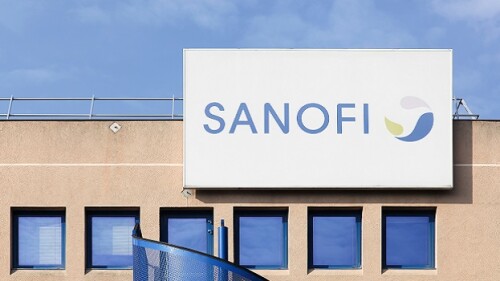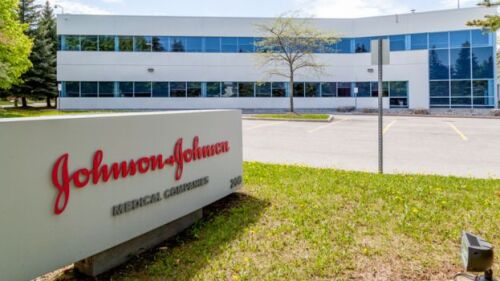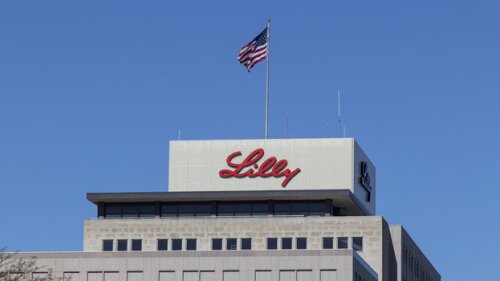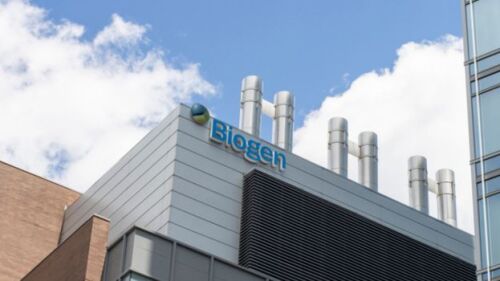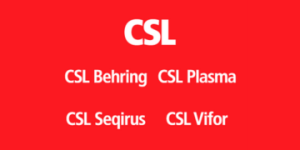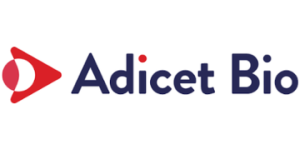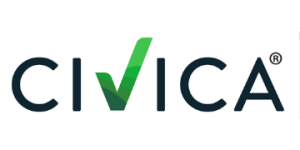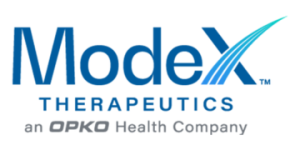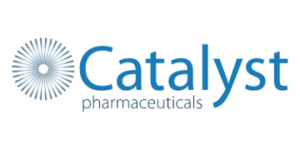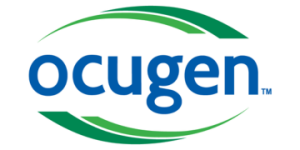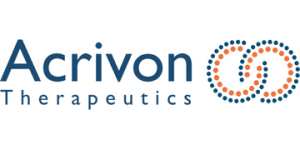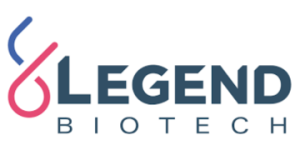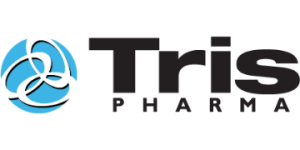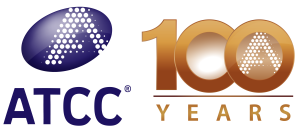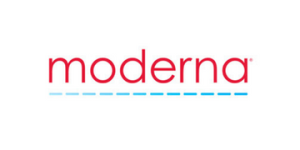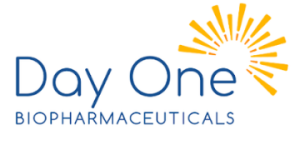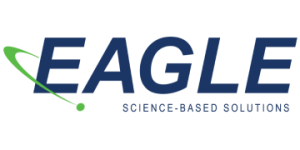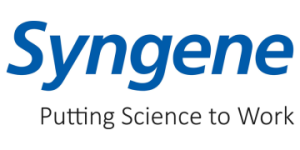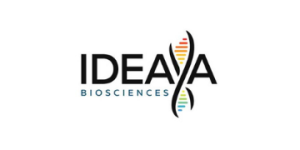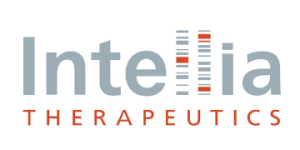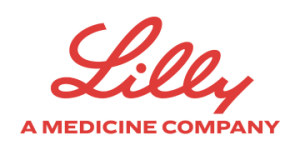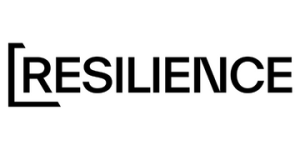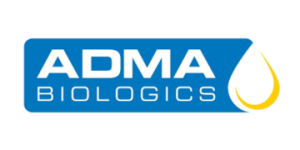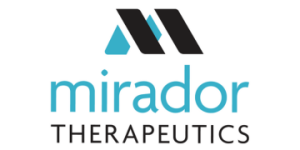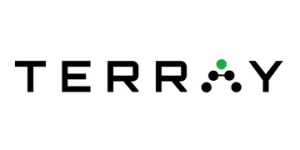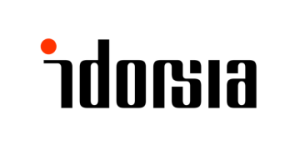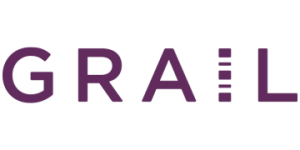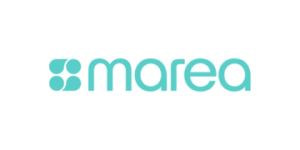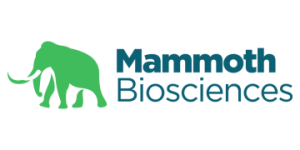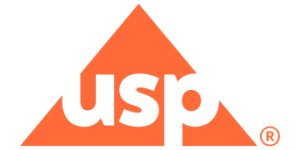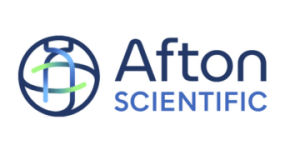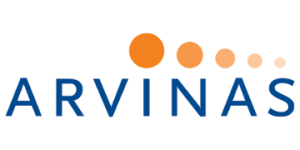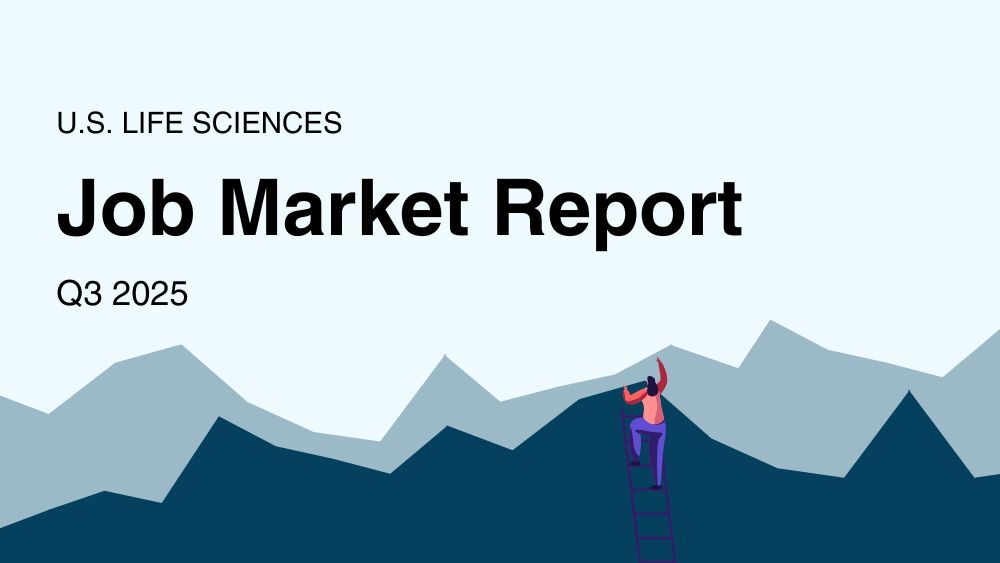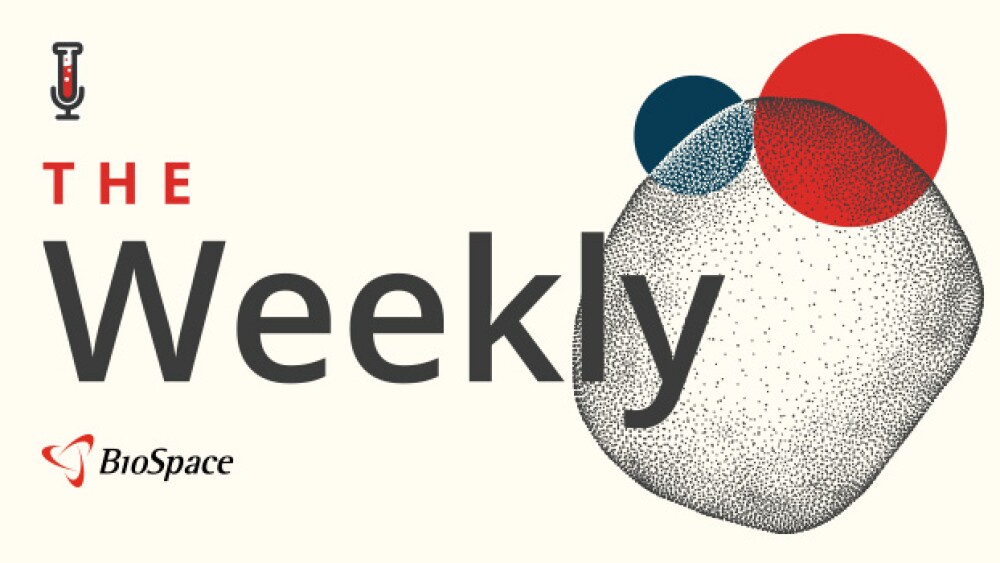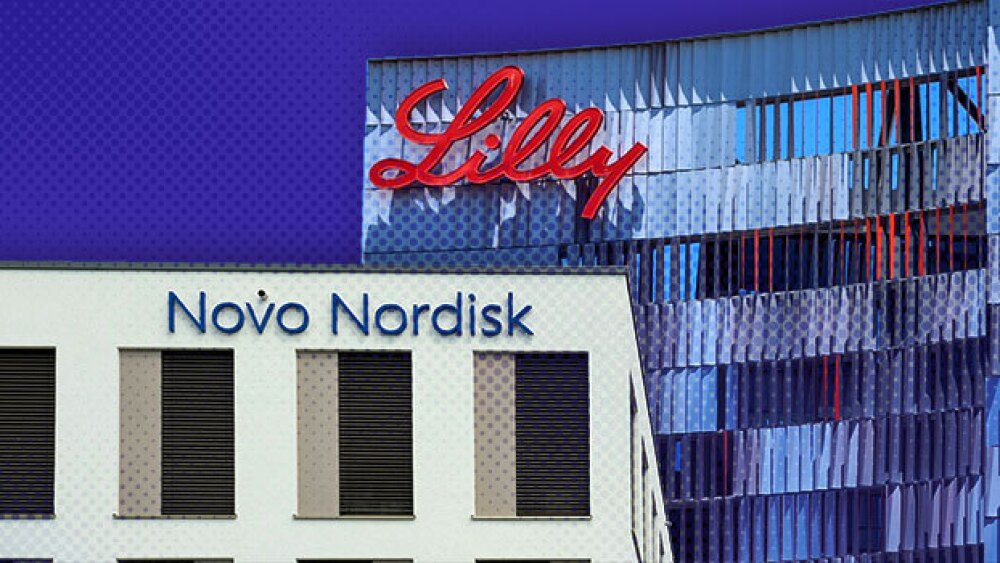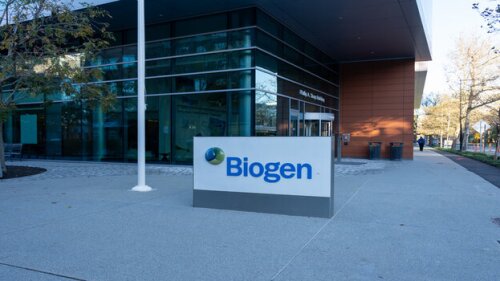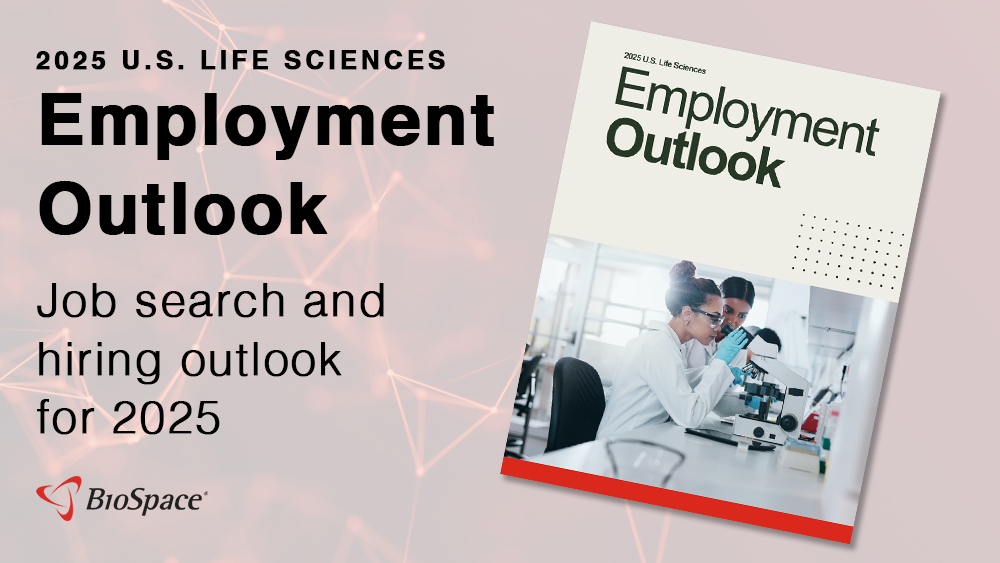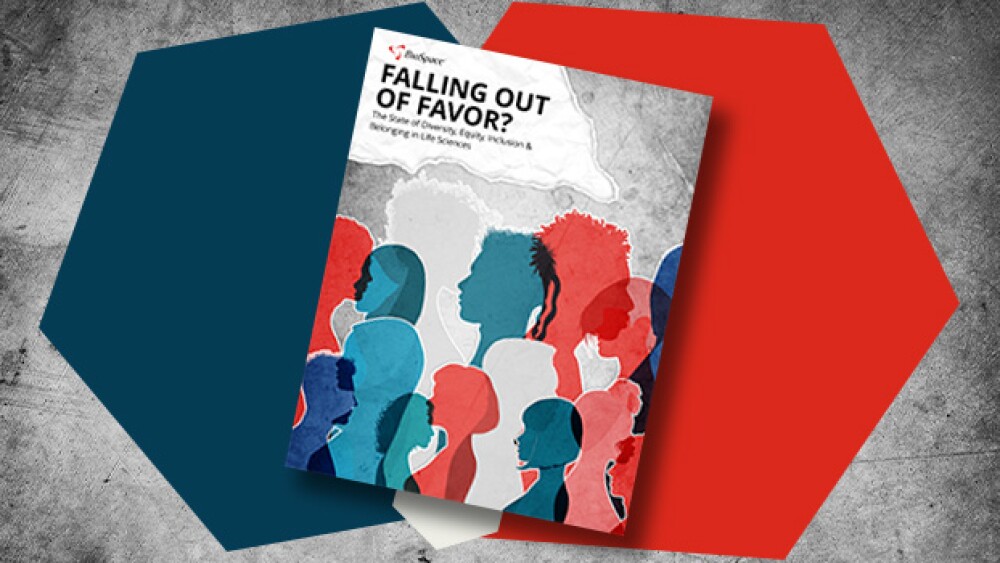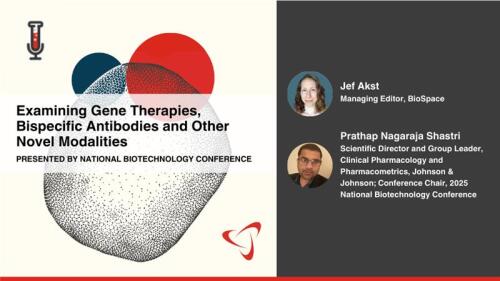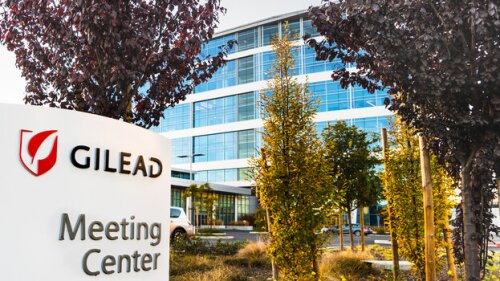Sanofi Ventures, which now has $1.4 billion in total assets, will focus its investment efforts on early players working in immunology, rare diseases, neurology and vaccines.
If approved, uniQure’s gene therapy AMT-130—which slowed disease progression by 75%—would be the first genetic treatment for Huntington’s disease. A BLA submission is planned for the first quarter of 2026.
The issues the regulator found include the failure to comprehensively review complaints and product defects.
Lilly expects to open 615 high-wage roles in Texas in connection with its new facility, plus around 4,000 construction roles.
The regulatory action marks the second rejection for a spinal muscular atrophy therapy this week after Scholar Rock’s apitegromab was issued a complete response letter on Tuesday, similarly on manufacturing grounds.
The FDA is hoping to repurpose GSK’s Wellcovorin for cerebral folate deficiency; Pfizer acquired fast-moving weight-loss startup Metsera for nearly $5 billion after suffering a hat trick of R&D failures; psychedelics are primed for M&A action and Eli Lilly may be next in line; RFK Jr.’s revamped CDC advisory committee met last week with confounding results; and Stealth secured its Barth approval.
FEATURED STORIES
After the gutting of the Department of Health and Human Services, fears mount about the future direction of the FDA—with regulatory experts predicting delays in drug approvals and greater influence of political appointees.
Lined up for the FDA in the coming weeks are a cell-based gene therapy for a rare skin disease and two product expansions for Regeneron, one with partner Sanofi.
As the biopharma industry grapples with the uncertain macro environment brought on by the new administration, CEOs, regulators and many others speak out.
Pharma stocks went on a wild ride Wednesday amid whiplashing tariff threats from the U.S. president.
Experts express concern that last week’s unprecedented FDA layoffs will trigger a little-known mechanism that could result in a “disaster” the Trump administration doesn’t see coming.
As the industry awaits official word from the administration on how the tariffs will hit, analysts go over the possibilities with one certainty: there will be increased costs for medicines.
LATEST PODCASTS
BioMarin’s new business strategy leaves investors with questions; Lykos CEO steps down; Terns releases compelling data on oral weight loss candidate; and more.
Eli Lilly offers weight loss drug Zepbound directly to consumers while Novo Nordisk continues to struggle with supply challenges for its own GLP-1s. Meanwhile, gene therapies for retinal diseases target competitive market, and layoffs persist.
In this episode, the third and final conversation of our mini-series on diversity in clinical trials, Lori and guests discuss framing strategies designed to protect DEI initiatives from legal challenges.
Job Trends
4D Molecular Therapeutics announced that interim data from the Phase 1/2 AEROW clinical trial evaluating aerosolized 4D-710 for treatment of cystic fibrosis lung disease will be presented at the 47th European Cystic Fibrosis Conference, taking place in Glasgow, UK.
Subscribe to Genepool
Subscribe to BioSpace’s flagship publication including top headlines, special editions and life sciences’ most important breaking news
SPECIAL EDITIONS
In this deep dive, BioSpace investigates China’s rise as a biotech powerhouse.
In this deep dive, BioSpace explores the next big thing in obesity.
BioSpace did a deep dive into biopharma female executives who navigated difficult markets to lead their companies to high-value exits.
DEALS
-
With Novo Holdings’ $16.5 billion buyout of Catalent being reviewed by regulators, what work the contract drug manufacturer may or may not be performing for Eli Lilly remains a point of contention.
-
In a deal worth up to $285 million initially for the lead program, Novo Nordisk will gain access to Ascendis’ TransCon technology platform in an effort to find novel GLP-1 candidates with reduced dosing frequency.
-
Biogen touted strong Q3 sales of its Alzheimer’s drug Leqembi a day after announcing a deal worth up to $1.45 billion with Neomorph to discover and develop molecular glue degraders.
-
Pfizer, Sanofi and others report Q3 beats; AbbVie, Roche and Novartis strike big deals; the 2024 presidential election looms; and BioSpace takes a look back at 10 years of NextGen, our annual pick of young biotechs to watch.
-
BioSpace has been compiling a list of the most innovative and exciting biotechs for a decade. Here we take a look back at noteworthy companies from each of those lists.
WEIGHT LOSS
-
As the year gets underway, analysts and biotech executives highlight cell therapy’s pivot from oncology to autoimmune diseases, a continued appetite for next-generation obesity drugs and an increased focus on neuromuscular, kidney and cardiovascular diseases.
-
The data suggest the high dose nearly closes the efficacy gap with Zepbound.
-
JPM25 is in full swing as several pharma powerhouses—including Merck, Lilly and Amgen—detail their strategies for growth in the coming year.
-
The updated guidance, which was largely driven by lower-than-anticipated sales of GLP-1 blockbusters Mounjaro and Zepbound, sent Eli Lilly’s shares cratering by as much as 8% Tuesday, even as the company forecasted robust 2025 revenue.
-
Biopharma executives were busy Monday, striking high-value deals and providing updates on cancer, obesity and vaccine pipelines.
POLICY
-
The Most Favored Nation directive would allow drugmakers to directly sell their products to patients at a lower cost, cutting out what President Donald Trump called “the middlemen.”
-
While industry groups decried the Trump administration’s new drug pricing order, analysts say it lacked details and the teeth to make a major impact without an act of Congress.
-
The package revives President Donald Trump’s much-maligned Most Favored Nation rule but goes further into the private markets and beyond, leveraging the patent system, drug importation and more.
-
The FDA and CDC have also recommended pausing the use of Ixchiq in seniors 60 years and older while safety investigations are ongoing.
-
As the Trump administration slashes funding for HIV-related research and infrastructure, Gilead, Immunocore and more are targeting the next goalpost: a cure.
Mentioning these certifications in your resume will set you apart from other candidates, clearing your path to your desired role. Learn here how to add certification to resume.
Applying to your first pharma internship may feel overwhelming, but it doesn’t have to be. Discover how to find, prepare for and be successful in an internship in the pharma industry in our guide.
Learn how to successfully hire interns. Also, find some tips on how to manage and support both in-office and remote interns in our comprehensive guide.
Just because everyone around you seems to be switching to a work-from-home position does not mean it is the right decision for you. It’s important to weigh the options carefully before you decide.
Finding the most cost-effective school for your undergraduate pharmaceutical degree can allow you to start working in the field without incurring astronomical student debt.
Peer review is integral to the scientific process, and one group plays a bigger role than you might think: Scientific Review Officers.
HOTBEDS
REPORTS
In this Employment Outlook report, BioSpace explores current workforce sentiment, job activity trends and the prospective job and hiring outlook for 2025, particularly as it compares to the previous year.
BioSpace’s third report on diversity, equity, inclusion and belonging in life sciences examines dramatic shifts in attitude around diversity initiatives.
CANCER
-
At the 2025 National Biotechnology Conference, gene therapies, bispecific antibodies and other novel modalities—relative newcomers to medicine—will be much discussed. In this curtain raiser, BioSpace speaks with conference chair Prathap Nagaraja Shastri of J&J about these highly anticipated topics.
-
The agreement, in which Merck will pay the biotech an undisclosed initial sum to license drugs targeting a solid tumor, could net Epitopea up to $300 million down the line.
-
The news comes on the heels of promising Phase I/Ib data, which point to the potential of casdatifan as a more effective alternative to Merck’s Welireg in renal cell carcinoma.
-
Exelixis’ next-generation tyrosine kinase inhibitor zanzalintinib is being tested for colorectal cancer, renal cell carcinoma and head-and-neck cancer, with several readouts slated for the second half of 2025.
-
Merck’s Keytruda may be the most talked about drug facing loss of exclusivity but it’s far from the only one, as several of the industry’s top-performers are losing key market protections. Some companies are more prepared than others.
NEUROSCIENCE
-
J&J, GSK, Eli Lilly and others struck high-value transactions in the early days of biopharma’s annual kickoff conference. Meanwhile, Biogen proposes to acquire struggling neuro partner Sage, and obesity dominates discussions as Pfizer goes “all in.”
-
Lykos Therapeutics is currently working out ways to fund an additional Phase III study for its MDMA-assisted PTSD therapy following an FDA setback last year.
-
An OIG report zeroed in on what it said were three particularly problematic accelerated approvals: Biogen’s Aduhelm, Sarepta’s Exondys and Covis’ Makena.
-
The FDA accepted Biogen and Eisai’s BLA for a subcutaneous administration of the anti-amyloid antibody Monday as the partners await the regulator’s decision on a new intravenous regimen following an underwhelming launch riddled with coverage and accessibility barriers.
-
Biogen’s proposed acquisition comes after two difficult years of regulatory and clinical challenges, during which shares of Sage Therapeutics have fallen by more than 90%.
CELL AND GENE THERAPY
-
When hiring job candidates to work on cell and gene therapies, companies look for more than just technical skills. Talent acquisition executives from Bristol Myers Squibb and Intellia Therapeutics offer an inside look at what they want in an employee.
-
With nearly 90% of patients showing no detectable cancer cells after treatment, J&J and Legend’s Carvykti could stave off competition from emerging CAR T therapies such as Gilead and Arcellx’s anito-cel.
-
In a Type B meeting, the FDA signified that it will allow uniQure to use a natural history control, the composite Unified Huntington’s Disease Rating Scale, and neurofilament light chain levels to support the accelerated approval of its gene therapy AMT-130.
-
Anito-cel has shown no signs of delayed neurotoxicity at around 9 months of follow-up, hinting at a safety profile that could set it apart from J&J and Legend’s Carvykti.
-
Vertex unveiled long-term durability data for Casgevy, while Beam presented Phase I/II findings for its investigational base editor BEAM-101, building up to a BLA by late 2026.




